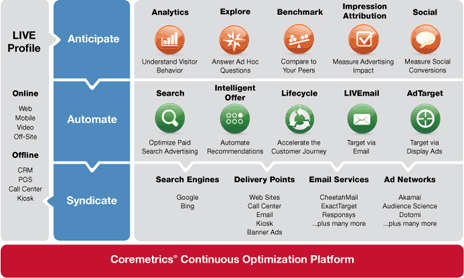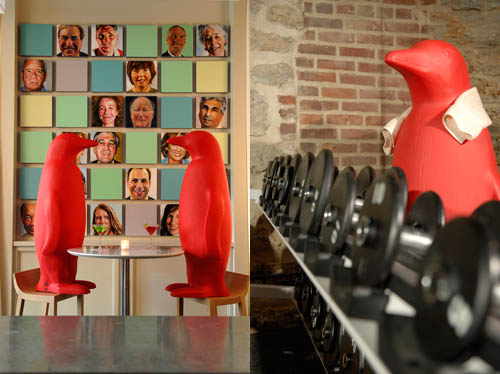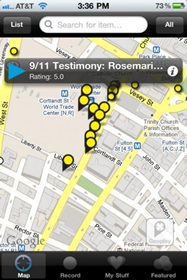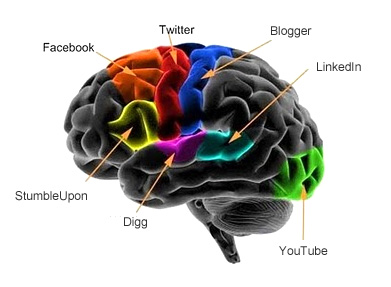In Performing Arts 2.0, we took a brief look at the Arkansas Symphony Orchestra’s efforts to engage the audience in the creative process. I recently had a chance to talk with Philip Mann, the orchestra’s Music Director, about these new initiatives. He spoke about the relationship between the orchestra and the audience (and how that is changing with social media), the logistical challenges that had to be met, and the type of environment that enabled this relatively small orchestra to take on big changes in the way classical music is presented.
-

- Philip Mann, Music Director of the Arkansas Symphony Orchestra

This past July 4, the ASO along with the Arkansas Democrat-Gazette (the concert’s sponsor) hosted the second annual “Oh Say! Can You Sing?” contest. People from all over the state were encouraged to upload YouTube videos of themselves singing that were then voted on by both the public and a panel of judges. Six finalists rehearsed with the orchestra, and the winner (this year, The Four Reps from Cabot, AR) performed at the annual outdoor concert. “People really enjoyed getting a chance to hear one of their own singing with the symphony,” reports Mann, who conducted the concert for the first time this year. “I heard a lot of positive responses from the orchestra about the quality of the people that were singing.” Mann says that what is especially interesting to him about this concert is that not only was it their biggest one (30,000 people usually attend), but through the “Oh Say! Can You Sing?” competition, it united those people together behind a musical idea. He says that “people are being engaged through technology to not just listen, in the way that you might listen to something passively on the radio, but they’re being encouraged to listen actively, creatively, and critically- in a way that they’re not used to listening in their normal life.” One of the great challenges of classical music, he says, is how to actively engage the audience in a way that a concert becomes a participatory event, where “the audience is not just sitting and allowing the music to reach them, but . . . they’re thinking about it, they’re creatively listening, they’re engaging their critical faculties.”
Remember “choose your own adventure” books? So does Mann. He created a family concert based on the same idea, premiering it with the San Diego Symphony, and continuing it with the ASO in the coming season. “The concept was that there would be a story, a narrative, that would play out over the course of the concert,” he says. “And the music would be tied to the story. So during the performance, the narrative of the story would reach certain points in the action where the protagonist would have to make decisions, and the audience would make those decisions by voting.” Originally they were going to use text messaging to vote, but when the symphony learned that it would be too expensive to do that, the decision was made to use a show of hands in combination with cameras and a jumbotron instead. “It was fantastically successful,” says Mann of the concert in San Diego. “They felt like they were choosing the music and choosing the direction of the story.”
An older technology that has yet to be widely adopted by orchestras is IMAG, or image magnification, which Mann used in San Diego and is hoping to bring to the ASO. “It’s something we all expect to see at rock concerts now, or any kind of big public event like a football game,” says Mann. It’s basically cameras around the hall or auditorium “picking up action whether it’s on stage or elsewhere and projecting it onto the screen, increasing the amount of information and the quality of the visual information that people are getting in the space. So if you’re sitting in the back of the hall you actually can see the expression on the drummer’s face in the middle of a big solo.” Mann says that the audience reports through feedback that they feel like this technology gives them an extra access to things on the stage and it adds to their experience. Although he’s hoping to bring IMAG to the ASO, he acknowledges that the considerable expense is always a budgeting issue for any orchestra.
This season, the ASO will be performing a concert unlike any it has had before- a People’s Choice Concert. Right now, says Mann, staff is compiling a list of repertoire that they will submit for the people’s consideration. Voting will occur throughout the season through social media, text messaging, email, and the organization’s website for the first half of the program. The second half will be determined that night primarily through texting, with audience members voting before, during, and after the first half. “The only way that we are able to accomplish this (at least conceptually at this point) is by including technology. . . . [it] allows us to do something that we would not have even considered in the past,” reports Mann. He acknowledges that some audience members will be more comfortable with voting using mobile devices than others, and some may not even have cell phones. But he explains that “they’re going to be encouraged to communicate and engage with the people around them that do have [mobile devices]. . . So in a way, I’m really intrigued by the conversations and interactions that are going to happen in our audience between our audience members.”
Mann describes technology as “one more tool in our toolbox” to an end of engaging audiences on a deeper and more substantial level. “Typing things by text message, voting online on a blog, or if they’re watching a YouTube video and then voting or making a comment on the video, those are ways in which [our audience is] further engaging with us. That’s a topic that all nonprofits in the performing arts are always talking about: how can we constantly reach another level of engagement, have more time with people and more interaction?” He is excited to shake up the traditional way of presenting classical music. “People have become so comfortable now with technology, that even in one of the last bastions of a technology-free environment (the concert hall), I think that people aren’t even afraid of it entering there now anymore.”
When Mann first suggested the idea of the audience choosing what the orchestra would play on the fly, he didn’t get negative reactions, but he did get some resistance based on logistics- people didn’t know how it would work. “Performing arts groups have a healthy philosophy to control very carefully everything that they’re doing in the space, because the idea of putting on an excellent, high quality performance goes without saying, that’s why we exist,” he explains. Musicians wanted to know how they would know what to play. They wanted to avoid “visions of the percussion scrambling around, oh we thought we were going to do Gershwin but now we have to get set up for Beethoven. . . . We really had to re-think in how we communicated with each other, especially during the performance.” Mann describes a storyboard-like run sheet he designed for the orchestra so that “their eyes could actually follow the narrative” (for the “choose your own adventure” concert). He adds that there will likely be creative staging so musicians don’t have to move around too much and game plans for how to set up for multiple pieces. It will still require improvisation, and a conductor who is comfortable “riffing” with the audience.
But aren’t artists supposed to grow their audience’s artistic sensibilities instead of just giving them what they want? It’s a fine line, says Mann. “Do you just provide what the people want to hear? In effect, that would almost commercialize what you’re doing. . . . if you only provide people with things they’re already familiar with, then very quickly your art form ceases to be a living, breathing thing.” He continues, “I think we have to be very cognizant of the fact that while it’s very important and an incredible opportunity now to find out in real time what our audiences are listening to and what they want, there’s still a huge responsibility on behalf of artists to keep creating art and to keep thinking about art from the artist’s perspective, and not just giving our audiences what they already know they want, but giving our audience things that we feel passionately about and we think that they will want once they’ve heard it.”
So you may be wondering- how is it that a symphony in Arkansas is becoming a pioneer in audience interaction through technology? “One of the great things about the Arkansas Symphony is that we are known for great quality, but we’re not known as one of the largest orchestras in the country,” explains Mann. “We’re not in that very large budget area where you have institutional cultures of ‘this is the way we have always done things’ and it’s too big of a ship to steer quickly.” This combination of being small and agile, yet having a high artistic quality, opens up great possibilities and opportunities, he says. “The organization is a young and creative organization in terms of its staff, and our board has a great deal of expertise and engagement. Our board is quite comfortable with leading-edge business ideas and technology.” Mann states that in Little Rock industries like healthcare, banking, and finance, a business can only succeed and survive if it is on the cutting edge of its field. “It seems apropos that the symphony reflects that as well,” he says.
This young music director is clearly excited about the year ahead. “I just can’t wait to find out what the response during the process is. This is a tremendous learning tool for arts organizations to learn about what people really want to hear.” Mann continues, “There are things for us to learn about what they say and what they don’t say. If they don’t ask for something we think they should ask for, that might identify an opportunity of introducing people to something we think they should know. It may lead us in directions that we haven’t even considered yet. And that’s a wonderful thing for any organization to face.”






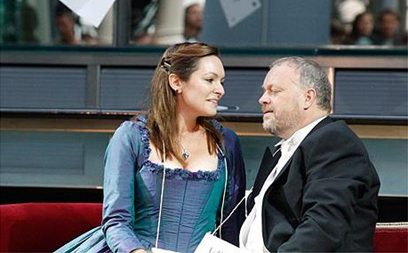

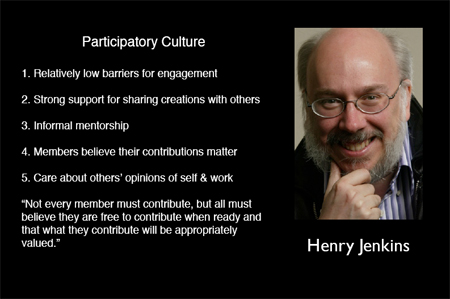
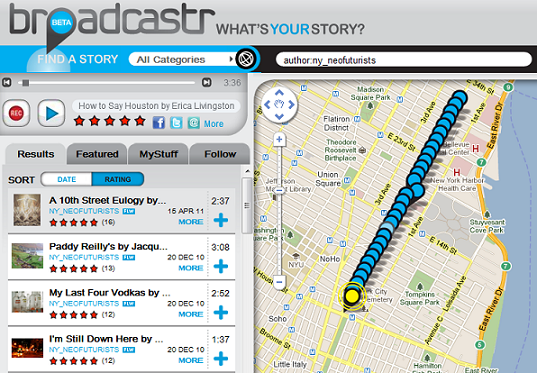
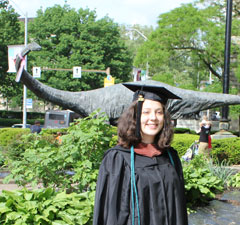 After two years writing for Technology in the Arts, I am leaving the Center for Arts Management and Technology. The unfortunate part about being a graduate student is that you will have to leave a place you love after a certain number of years, and my number is up! Special thanks to David and the rest of the CAMT staff for making the last two years amazing, educational, and memorable.
I am very excited about my new position with the data-driven arts and entertainment consulting firm TRG Arts. I have been hired as the Strategic Communications Specialist, which means I will serve as a writer and editor for the firm’s consulting projects, Data Lab research and analytics projects, and a contributor to TRG’s knowledge center online.
After two years writing for Technology in the Arts, I am leaving the Center for Arts Management and Technology. The unfortunate part about being a graduate student is that you will have to leave a place you love after a certain number of years, and my number is up! Special thanks to David and the rest of the CAMT staff for making the last two years amazing, educational, and memorable.
I am very excited about my new position with the data-driven arts and entertainment consulting firm TRG Arts. I have been hired as the Strategic Communications Specialist, which means I will serve as a writer and editor for the firm’s consulting projects, Data Lab research and analytics projects, and a contributor to TRG’s knowledge center online.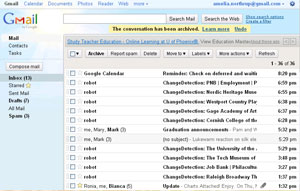
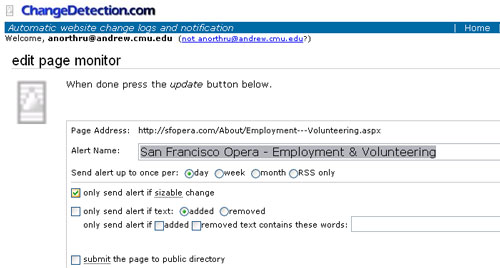
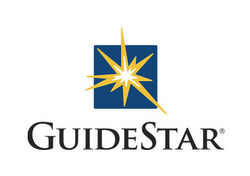 GuideStar
GuideStar The last part of our series concerns making management decisions based on data. Once you have the data, what do you do with it? As we come up with more sophisticated methods to track social media sentiment and reach, it becomes possible to track more accurately how people are responding to social media. This is especially important because social media can be a valuable part of your market research. It is like a 24-hour focus group, answering many of the questions you may have about your audience as well as the questions you didn’t think to ask.
The last part of our series concerns making management decisions based on data. Once you have the data, what do you do with it? As we come up with more sophisticated methods to track social media sentiment and reach, it becomes possible to track more accurately how people are responding to social media. This is especially important because social media can be a valuable part of your market research. It is like a 24-hour focus group, answering many of the questions you may have about your audience as well as the questions you didn’t think to ask.
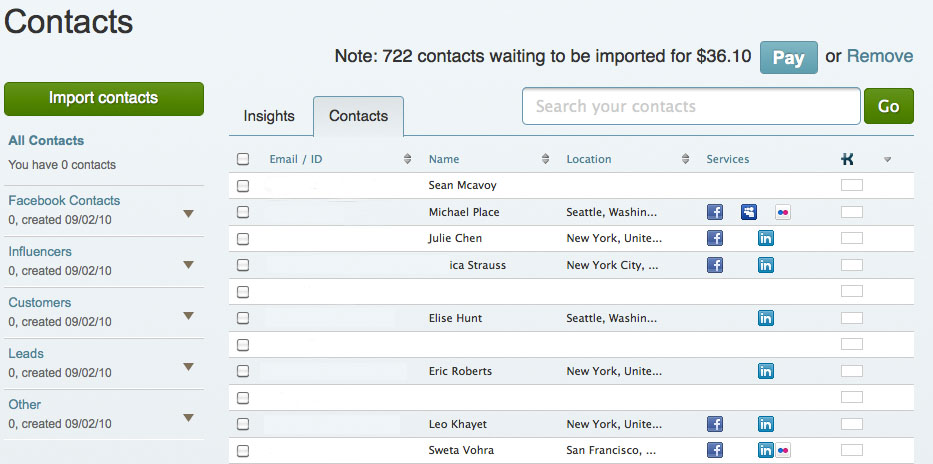
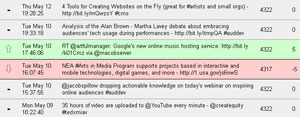
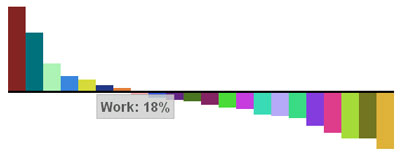 Facebook Analytics
Facebook Analytics